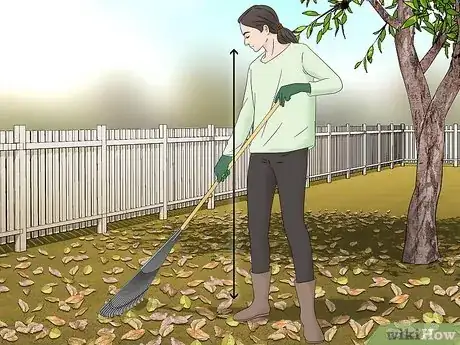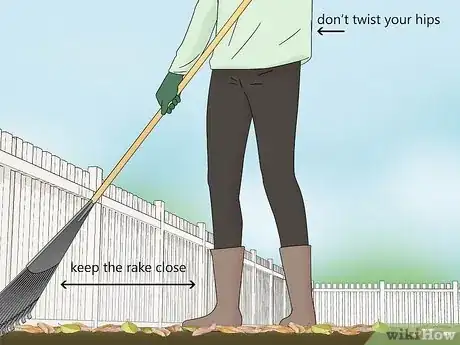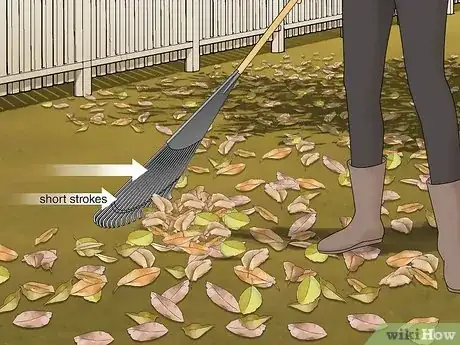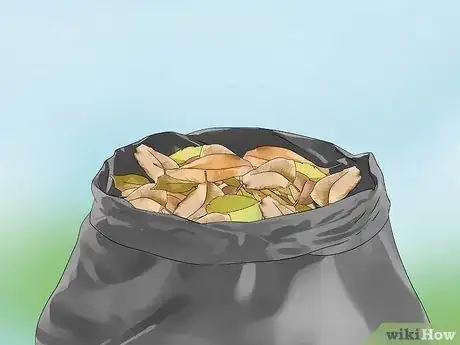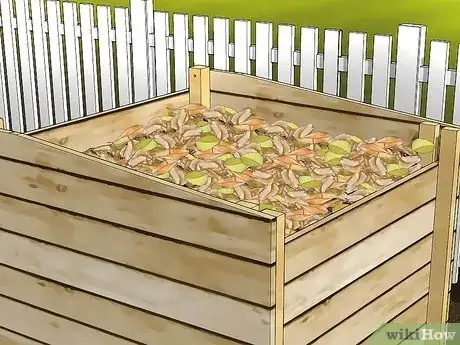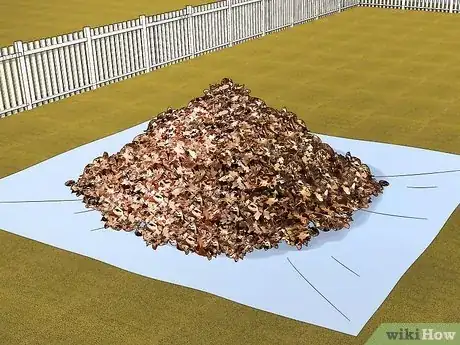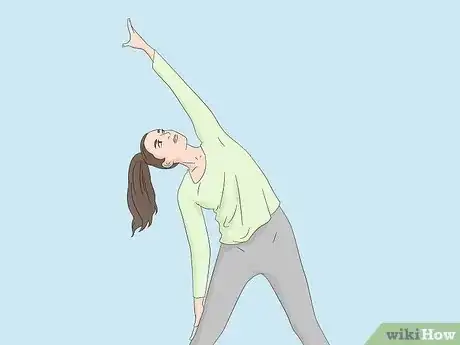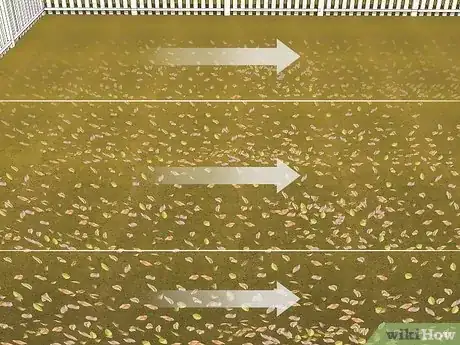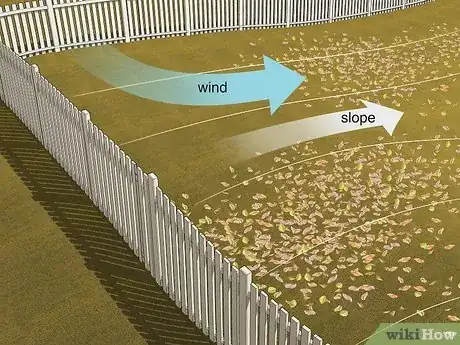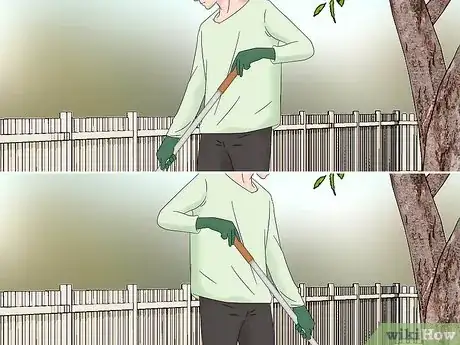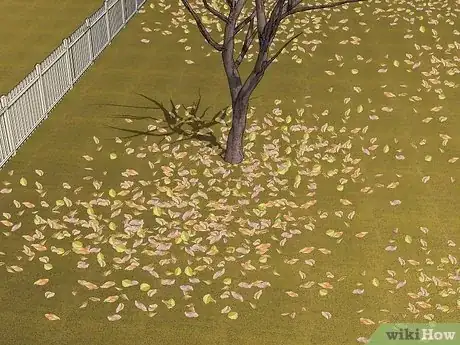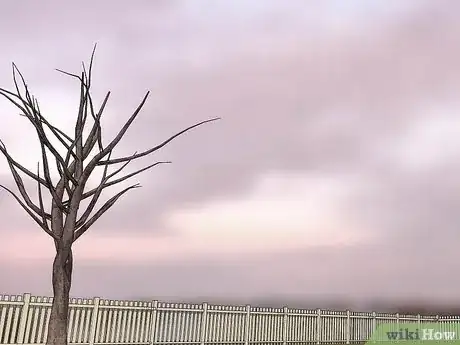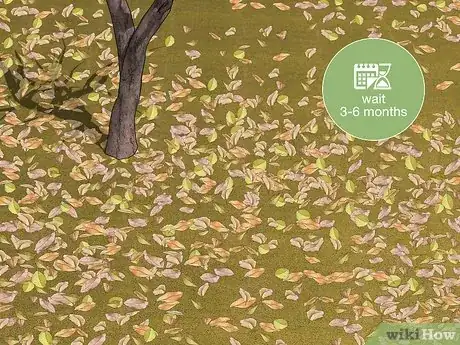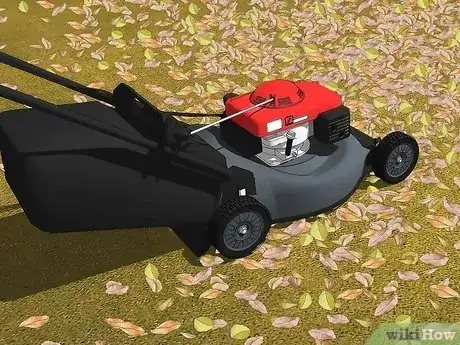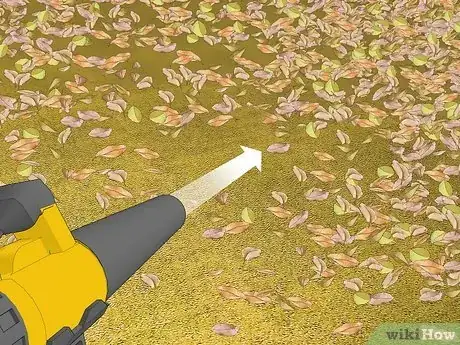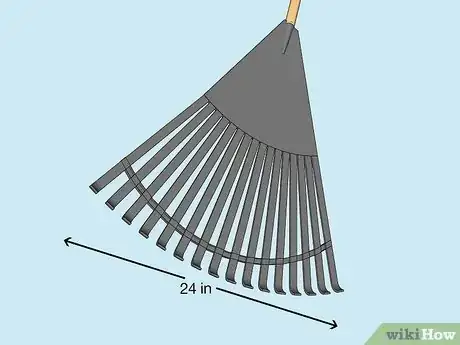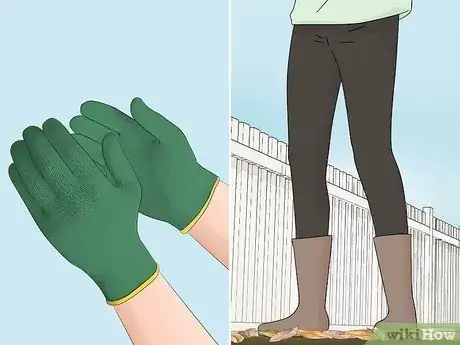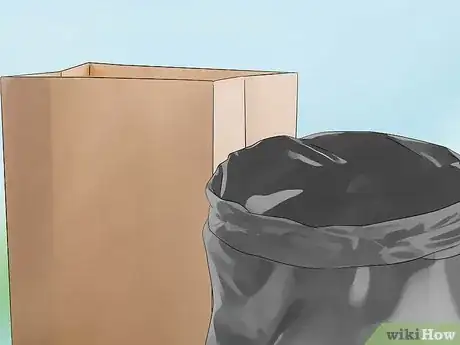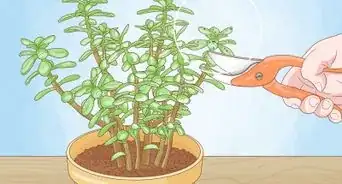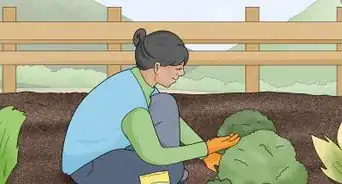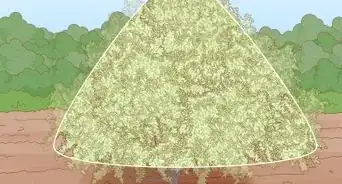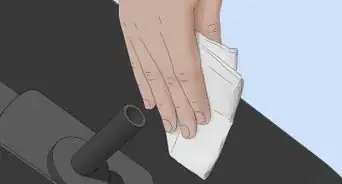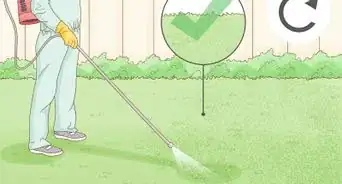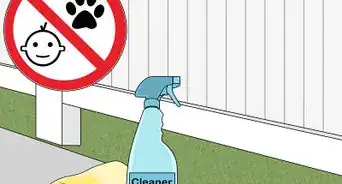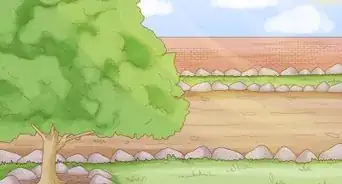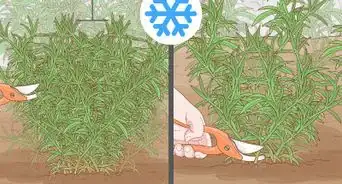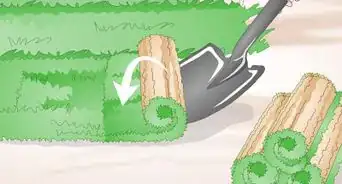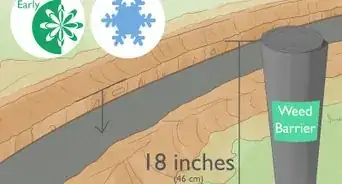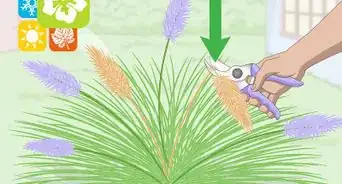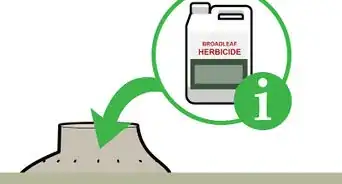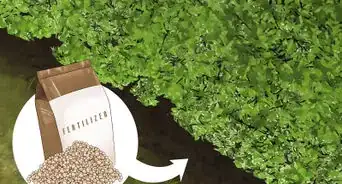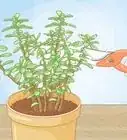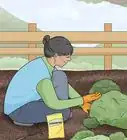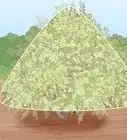This article was co-authored by Lauren Kurtz and by wikiHow staff writer, Eric McClure. Lauren Kurtz is a Naturalist and Horticultural Specialist. Lauren has worked for Aurora, Colorado managing the Water-Wise Garden at Aurora Municipal Center for the Water Conservation Department. She earned a BA in Environmental and Sustainability Studies from Western Michigan University in 2014.
There are 12 references cited in this article, which can be found at the bottom of the page.
This article has been viewed 229,248 times.
Looking for easier ways to rake your yard? Wondering what you can do to take that pressure off of your back when it’s time to clean those leaves up? If so, you’re in luck! You may be surprised by just how many hacks and tricks there are here, and we’ve compiled all of them together so that you can make this process a breeze. From what kind of rake to buy to how to rake properly and more, read on to learn everything you need to know about raking leaves.
Things You Should Know
- Keep the rake close to your body and use small, comfortable strokes to rake leaves up without irritating your back and shoulder.
- Wear gloves and long pants to avoid blisters and scratches from the rake as you work.
- You actually don’t have to rake your lawn! Dead leaves are high in nitrogen, which is incredibly good for your grass and soil.
Steps
Community Q&A
-
QuestionHow to rake leaves over gravel?
 Community AnswerIf the gravel is fine enough, then you may be able to rake the leaves with a wide rake. Try a couple of different types of rakes to see if they will rake up the leaves and not the gravel. If that does not work, then using a leaf blower to get the leaves off of the gravel may be your best bet.
Community AnswerIf the gravel is fine enough, then you may be able to rake the leaves with a wide rake. Try a couple of different types of rakes to see if they will rake up the leaves and not the gravel. If that does not work, then using a leaf blower to get the leaves off of the gravel may be your best bet. -
QuestionWhat will unraked leaves do to the grass?
 Community AnswerIf you have lots of unraked leaves on your lawn, then it is possible for them to smother your lawn and kill the grass. However, mulching or mowing the leaves into your lawn can be beneficial to your lawn. If you have a mulcher, then you can mulch the leaves and spread them over your lawn as a natural fertilizer. If you don't have a mulcher, then simply mowing the leaves will chop them up enough to prevent smothering and benefit your lawn.
Community AnswerIf you have lots of unraked leaves on your lawn, then it is possible for them to smother your lawn and kill the grass. However, mulching or mowing the leaves into your lawn can be beneficial to your lawn. If you have a mulcher, then you can mulch the leaves and spread them over your lawn as a natural fertilizer. If you don't have a mulcher, then simply mowing the leaves will chop them up enough to prevent smothering and benefit your lawn. -
QuestionWhat are the benefits or hazards of raking wet leaves?
 Community AnswerThere are not really any benefits. Raking wet leaves will be harder on your arms and back because they weigh more. If possible, wait until the leaves are dry to start raking them.
Community AnswerThere are not really any benefits. Raking wet leaves will be harder on your arms and back because they weigh more. If possible, wait until the leaves are dry to start raking them.
Warnings
- Do not burn the leaves to dispose of them. This is typically illegal, since burning dead leaves can release noxious fumes and harmful particles into the air.[18]⧼thumbs_response⧽
References
- ↑ https://health.clevelandclinic.org/the-right-way-to-rake-all-those-leaves-in-your-yard-without-hurting-your-back/
- ↑ https://health.clevelandclinic.org/the-right-way-to-rake-all-those-leaves-in-your-yard-without-hurting-your-back/
- ↑ https://health.clevelandclinic.org/the-right-way-to-rake-all-those-leaves-in-your-yard-without-hurting-your-back/
- ↑ https://www.indy.gov/activity/leaf-collection-season
- ↑ https://health.clevelandclinic.org/the-right-way-to-rake-all-those-leaves-in-your-yard-without-hurting-your-back/
- ↑ https://www.williamcapicottomd.com/prevent-autumn-back-pain/
- ↑ https://todayshomeowner.com/9-tips-to-rake-leaves-faster-than-ever/
- ↑ https://health.clevelandclinic.org/the-right-way-to-rake-all-those-leaves-in-your-yard-without-hurting-your-back/
- ↑ https://extension.unh.edu/blog/2018/10/it-absolutely-necessary-rake-leaves-fall-or-can-it-wait-until-spring
- ↑ https://www.nytimes.com/2018/11/11/opinion/red-state-liberal-leaf-blowers.html
- ↑ https://turf.umn.edu/sites/turf.umn.edu/files/files/media/n-content-tree-leaves.pdf
- ↑ https://turf.umn.edu/news/good-question-do-you-really-need-rake-all-those-leaves
- ↑ https://www.menshealth.com/trending-news/a19547932/eliminate-leaves/
- ↑ https://www.audubon.org/magazine/spring-2021/why-cities-are-taking-action-limit-loud-and
- ↑ https://www.popularmechanics.com/home/lawn-garden/g23747504/how-to-buy-the-right-rake/
- ↑ https://health.clevelandclinic.org/the-right-way-to-rake-all-those-leaves-in-your-yard-without-hurting-your-back/
- ↑ https://charlottenc.gov/SWS/Pages/Yard-Waste-Collection.aspx
- ↑ https://www.indy.gov/activity/leaf-collection-season
About This Article
Before you start raking, set out a tarp or large bag to collect all of the leaves. Then, as you rake, pull the rake towards your body as you walk backwards towards the tarp. When the tarp is full, transport them to one main pile. Before you put the leaves into bags, stomp on the piles to reduce them down. Also, make sure you avoid filling the bags too full for easy carrying. For more advice from our Gardener reviewer, like how to dress for raking, read on!
